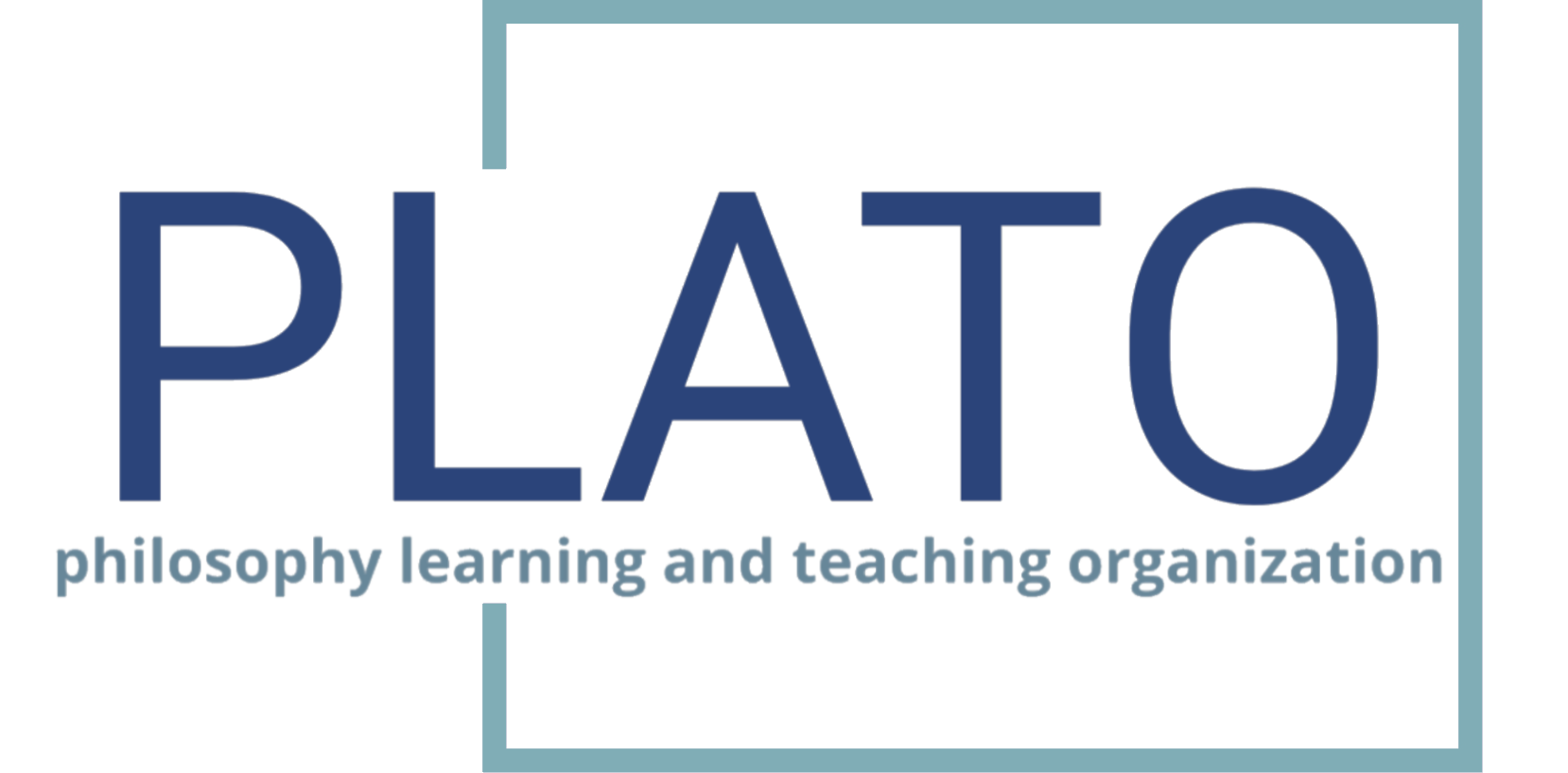The Real Thief
The story is about Gawain, a goose who is the Chief Guard of the Royal Treasury. When jewels from the Royal Treasury go missing, Gawain is blamed. The Prime Minister, Adrian the cat, makes the argument that because (1) the only way to get into the Royal Treasury is through the door, (2) no locks were broken, (3) only Gawain and the King have keys, (4) the King has no reason to rob his own treasury, and (5) “it is unthinkable” for the King to be wrong about any earthly thing, then Gawain must have done it. Gawain escapes after he is sentenced, and the story shifts to the perspective of Gawain’s friend Derek the mouse, the real thief.
The story inspires questions about trust, forgiveness, friendship and loyalty. What should Derek have done? Why did he stay silent? Was his plan to keep stealing once Gawain fled and only the King had keys to the treasury a good plan? Was Derek a good friend to Gawain? Was Derek punished for what he did? What about the King? Did he have any obligations to Gawain? What were they? Did the King and the Court act unjustly? Should Gawain have forgiven the King and the rest of the community?



